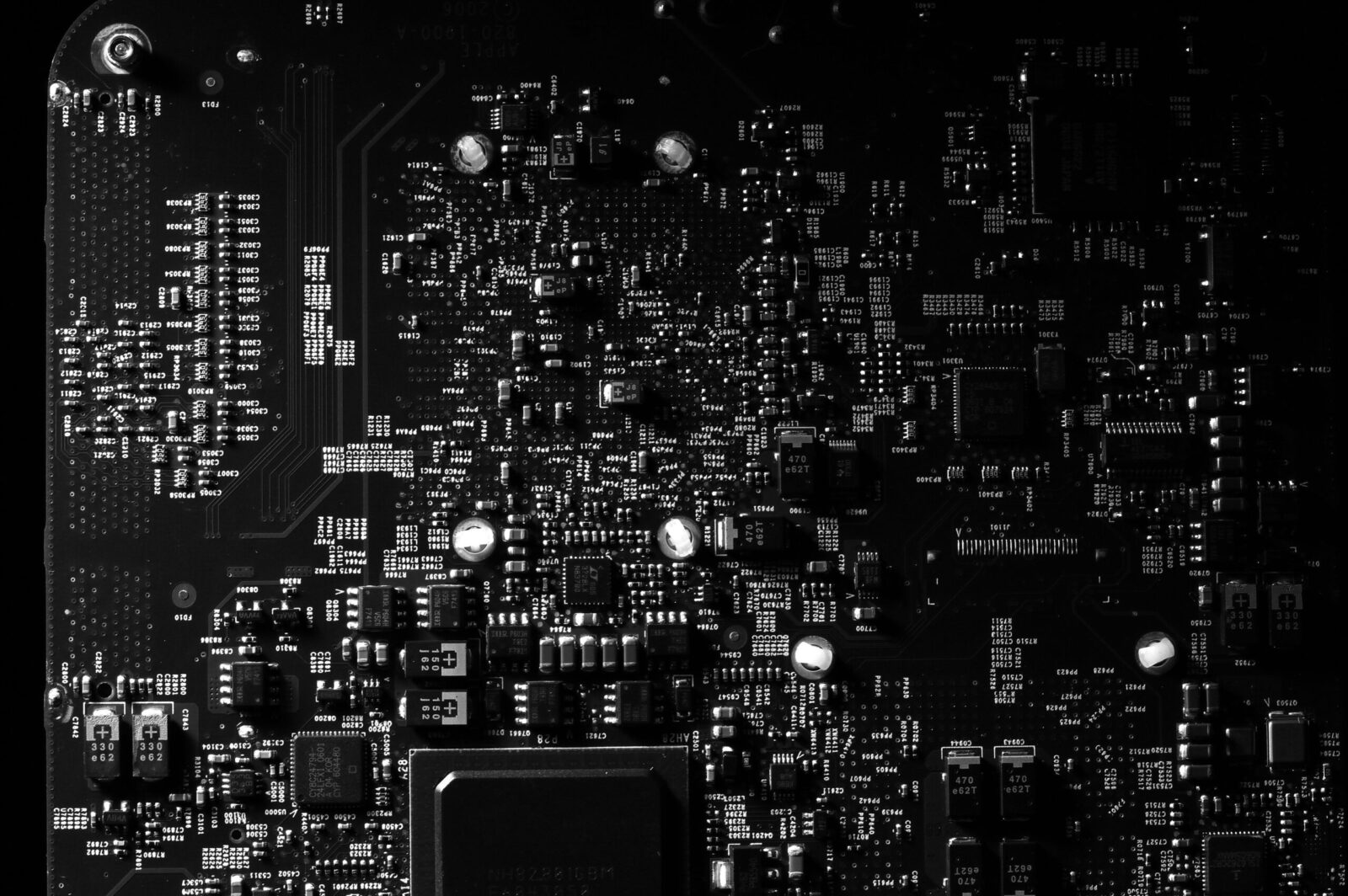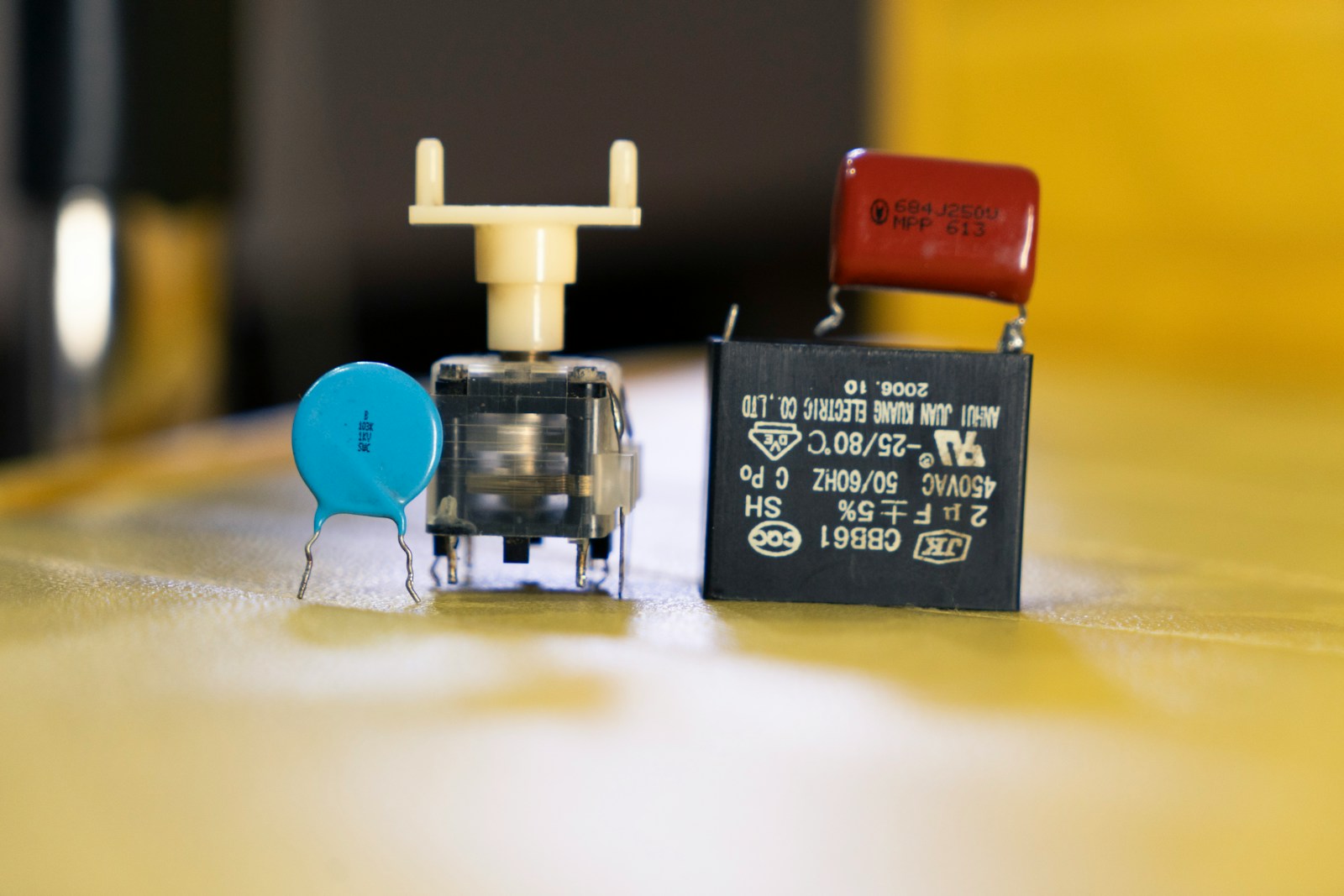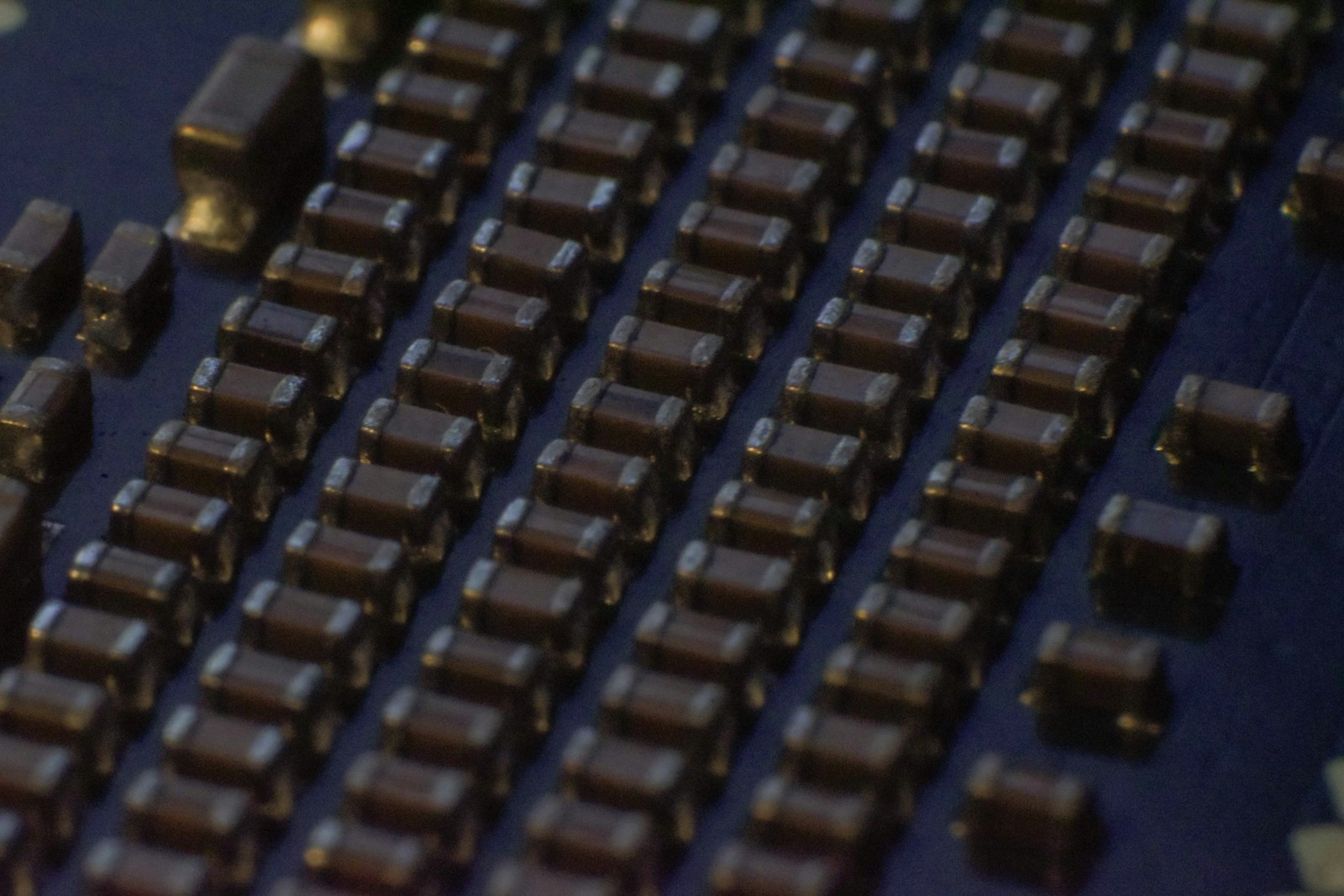Top Applications and Benefits of Flex Capacitors in Modern Electronics
Introduction to Flex Technology
- Flex technology is designed to reduce mechanical stress and vibration in electronic components, improving overall reliability and performance.
- The use of flex capacitors enables engineers to create more robust and durable electronic systems, capable of withstanding harsh environments and conditions.
- Flex technology has been widely adopted in various industries, including automotive, aerospace, and medical devices, due to its excellent mechanical stress resistance and reliability.
There is a need for flex capacitors in applications where enhanced mechanical reliability and durability are required, especially in challenging environments.
- By reducing the risk of component failure, flex technology helps to improve the overall safety and performance of electronic systems.
The adoption of flex technology represents a significant change in the approach to managing mechanical stress in electronics, symbolizing innovation and transformation in component design.
Capacitor Design and Materials
- Flex capacitors are constructed with a unique design and material composition that allows for greater flexibility and resistance to mechanical stress. A resin layer is often applied within the terminal structure to relieve mechanical stress and prevent cracks.
- The use of ceramic capacitors with flex termination enables the creation of highly reliable and durable components, capable of withstanding extreme temperatures and vibrations. Proper lead design is crucial in ensuring the reliability of flex capacitors, as it helps prevent failures such as cracking or short circuits under mechanical stress.
- The capacitor design and materials used in flex technology are carefully selected to ensure excellent capacitance and low electrical resistance, making them ideal for a wide range of applications. In certain designs, flex capacitors may have higher resistance compared to traditional capacitors, which can affect heat generation and electrical performance.
- By using advanced materials and design techniques, engineers can create flex capacitors with improved reliability and performance, leading to increased customer satisfaction and reduced maintenance costs. Key materials and potential issues, such as cracks, are found during the design and testing process to ensure optimal functionality.
Reliability and Performance
- Flex capacitors are designed to provide excellent reliability and performance in harsh environments, making them ideal for use in applications where mechanical stress and vibration are common. Flex technology has enabled new levels of reliability in demanding environments.
- The use of flex technology enables engineers to create electronic systems that can withstand extreme temperatures, vibrations, and other forms of mechanical stress, improving overall reliability and reducing the risk of component failure. The result of mechanical stress on traditional capacitors can be low insulation resistance or short circuits, while flex capacitors are engineered to prevent these negative outcomes.
- By reducing the risk of mechanical stress and vibration, flex capacitors help to improve the overall performance and lifespan of electronic components, leading to increased customer satisfaction and reduced maintenance costs. Test data shows that flex capacitors maintain superior performance under repeated stress compared to standard capacitors.
- Flex capacitors are also designed to provide excellent electrical performance, with low resistance and high capacitance, making them ideal for use in a wide range of applications. They work exceptionally well in maintaining electrical performance even in harsh conditions.
Applications of Flex Technology
The order of steps involved in integrating flex capacitors into electronic systems typically includes selecting the appropriate component, determining the correct place for installation, ensuring proper electrical connections, and verifying performance through testing.
- Flex technology is widely used in various industries, including automotive, aerospace, medical devices, and consumer electronics, due to its excellent mechanical stress resistance and reliability.
- The use of flex capacitors enables engineers to create electronic systems that can withstand harsh environments and conditions, making them ideal for use in applications where reliability and performance are critical. The correct place for installing flex capacitors is essential to maximize reliability and ensure optimal system function.
- Flex technology is also used in applications where vibration and mechanical stress are common, such as in industrial equipment and machinery, to improve overall reliability and reduce the risk of component failure. For example, a flex capacitor may be rated at a specific point, such as 100 volts, to meet the demands of a particular application.
Proper rest and positioning of components contribute significantly to load stability in electronic assemblies.
- By providing excellent mechanical stress resistance and reliability, flex capacitors help to improve the overall safety and performance of electronic systems, making them ideal for use in a wide range of applications. This reflects the kind of thoughtful engineering considerations that go into designing flex capacitors for specific applications.

Comparison with Other Technologies
- When compared to traditional ceramic capacitors, flex capacitors offer a significant advantage in their ability to withstand mechanical stress, vibration, and shock. Standard ceramic capacitors are more prone to cracking or failure when exposed to repeated flexure or surface loading, especially during assembly or in environments with high vibration.
- Tantalum capacitors, while known for their stable capacitance and small size, do not provide the same level of mechanical stress resistance as flex capacitors. This makes flex capacitors a better choice in applications where the component may be subjected to frequent mechanical loading or sudden impact.
- Film capacitors are often used for their excellent electrical performance and reliability, but they can be larger and less suitable for compact designs where space is at a premium. Flex capacitors, with their robust construction and small footprint, are ideal for modern electronics where both size and reliability are required.
- In applications where the risk of mechanical stress or vibration is low, standard ceramic or tantalum capacitors may be considered sufficient. However, for environments where reliability under mechanical load is critical—such as automotive, aerospace, or industrial equipment—flex capacitors are the preferred solution.
- The unique design and materials used in flex capacitors enable them to maintain stable capacitance and electrical performance even after exposure to mechanical stress, reducing the risk of open or short circuits and increasing the overall reliability of the electronic system.
- Engineers looking to improve product reliability and reduce the risk of component failure should consider adding flex capacitors to their designs, especially in applications where mechanical stress, vibration, or shock are common.
Future Developments
- Future developments in flex capacitor technology are expected to focus on improving reliability and performance, as well as reducing size and cost, with coming advancements likely to revolutionize the field.
- The use of advanced materials and design techniques is expected to enable the creation of flex capacitors with improved mechanical stress resistance and electrical performance. Certain features that were popular in earlier models have returned in new generations of flex capacitors, further enhancing their appeal.
- Flex capacitors are also expected to play a key role in the development of new technologies, such as wearable devices and IoT applications, where reliability and performance are critical. Detailed qualification data for new flex capacitors will be available on request.
- By providing excellent mechanical stress resistance and reliability, flex capacitors are expected to remain a critical component in the development of electronic systems for years to come, with future developments aiming to address features that engineers have long wanted in flex capacitors.
More information on future developments will be provided in a dedicated section of upcoming documentation.
Conclusion
Flex capacitors have become an essential component in modern electronics, offering unmatched reliability and performance in environments where mechanical stress, vibration, and shock are a concern. Their unique construction and ability to maintain stable capacitance under load make them the preferred choice for engineers designing products for automotive, aerospace, medical, and industrial applications. As technology continues to advance and the demand for smaller, more robust components grows, flex capacitors are expected to play an even greater role in ensuring the reliability and longevity of electronic systems. For any application where mechanical stress or vibration could pose a problem, flex capacitors provide an excellent solution, helping engineers deliver products that meet the highest standards of safety and performance.
| Section | Description / Key Points |
|---|---|
| Introduction to Flex Technology | Reduces mechanical stress and vibration in electronic components. Improves overall reliability and performance. Widely used in automotive, aerospace, medical devices. Enhances safety and durability in harsh environments. |
| Capacitor Design and Materials | Unique design and material composition allow flexibility and stress resistance. Resin layers relieve stress and prevent cracks. Flex termination with ceramic capacitors enhances reliability under vibration and temperature extremes. Proper lead design prevents failures like cracking or short circuits. |
| Reliability and Performance | Designed for harsh environments with mechanical stress and vibration. Maintains high capacitance, low resistance, and electrical performance under stress. Reduces risk of failure and increases lifespan. Tested to ensure superior performance under repeated stress. |
| Applications of Flex Technology | Used in automotive, aerospace, medical devices, consumer electronics, industrial machinery. Steps: select component → install correctly → ensure electrical connection → verify performance. Improves safety, reliability, and system performance under harsh conditions. |
| Comparison with Other Technologies | Compared to standard ceramic capacitors: better mechanical stress resistance, vibration, and shock tolerance. Tantalum capacitors: smaller, stable, but less mechanical robustness. Film capacitors: reliable but larger; flex capacitors combine compact size with robustness. Preferred in high-vibration or mechanically demanding applications. |
| Future Developments | Focus on improved reliability, performance, smaller size, and lower cost. Advanced materials and design techniques enhance mechanical stress resistance and electrical performance. Expected role in wearable devices, IoT, and other modern electronics. |
| Conclusion | Flex capacitors provide unmatched reliability and performance under mechanical stress, vibration, and shock. Essential for automotive, aerospace, medical, and industrial applications. Maintain stable capacitance under load. Future developments will further improve robustness and compactness. |


